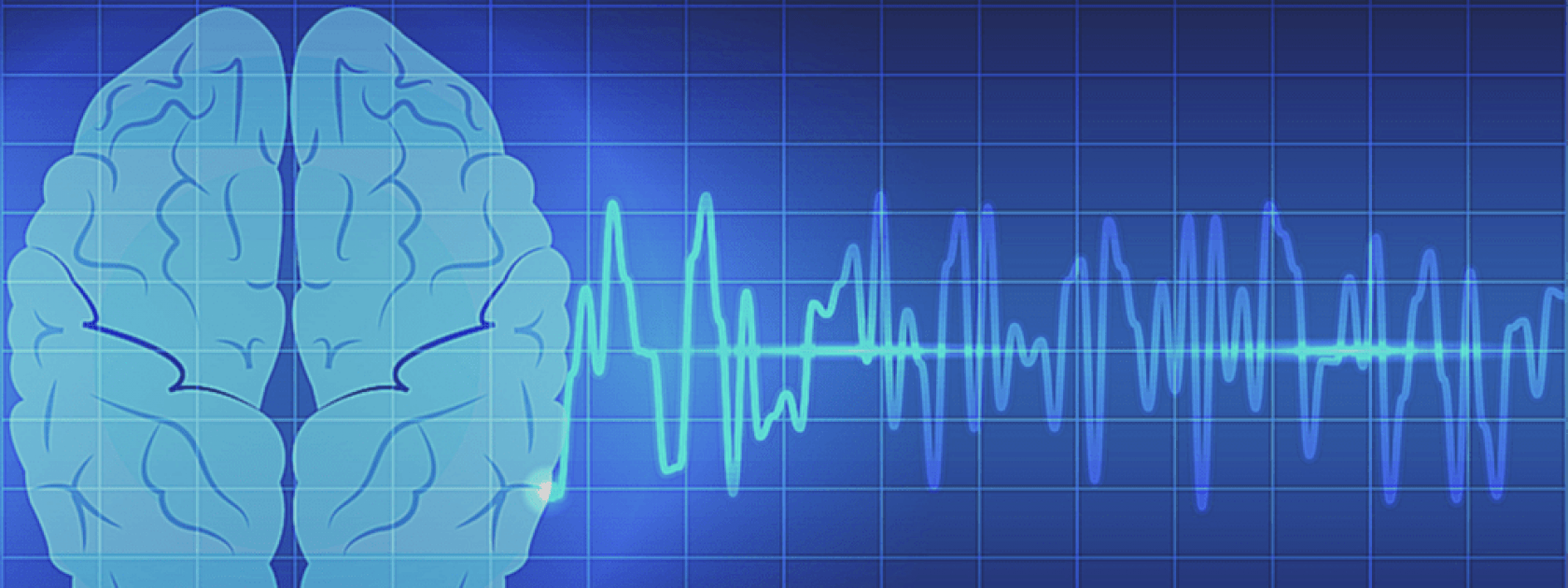Background: Limb loss results in an anatomical and physiological loss of function. Prostheses are a convenient tool to recover limb symmetry, however, they fail to provide users with the ability to sense the location of the limb. As such, sensory substitution methods aim to provide cues relating to the absent sensation to restore normal function.
Purpose: Examine the ability to determine knee position from vibration.
Eligibility: Healthy adults (18-65yrs) with no known vascular, or neurological disorders.
Contact: dgenaroj@uoguelph.ca (Daniel), Platere@uoguelph.ca (Emma)
What has been found so far?
The use of sensors and motors for a sensory substitution device requires the assembly of circuits and parts and programming the main controller so it can function as intended. So far, two devices have been put together; one that increases the vibration frequency of a motor in response to leg flexion (Mildren & Bent, 2016), and another that activates 4 motors in varying combinations to represent discrete angles of leg flexion (Kayhan et al., 2018).
Where are we headed?
The current project seeks to investigate how accurate leg position is represented by way of specific combinations of vibrating motor activation. The conventional method for providing cues about a sensation to an individual via vibration is by changing vibration frequency.
The proposed method, however, has the potential to provide clearer cues about specific limb positions. This can be useful to individuals with artificial legs as they are informed that their prosthesis is at a position suitable for weight-bearing without needing to look.
Moreover, insight into the ability to learn and effectively utilize these combinations can be further used to provide cues that are absent while walking.
Below you can view a short descriptive video of the project being conducted within the Bent Neurophysiology Lab.


